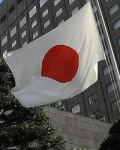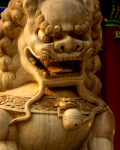-
Xi and Trump - Getting to know you . . .
February 21, 2017
BREAKING the ice. U.S. President Donald Trump describes his first phone call with China’s President Xi as a “very, very good conversation”, and that they are in the process of ‘getting along very well” . . .





